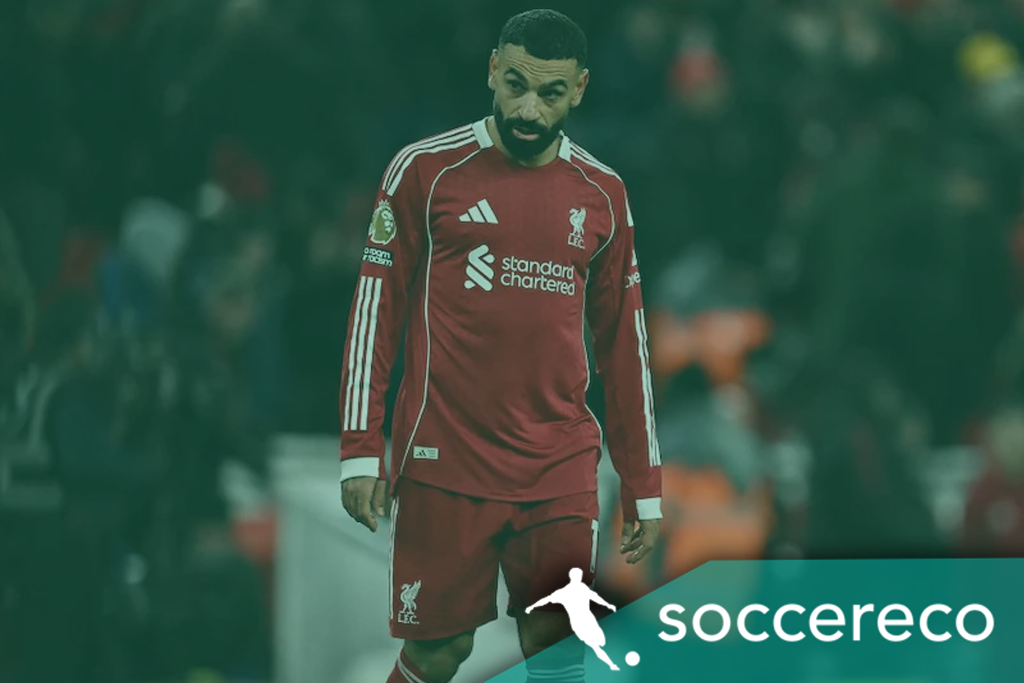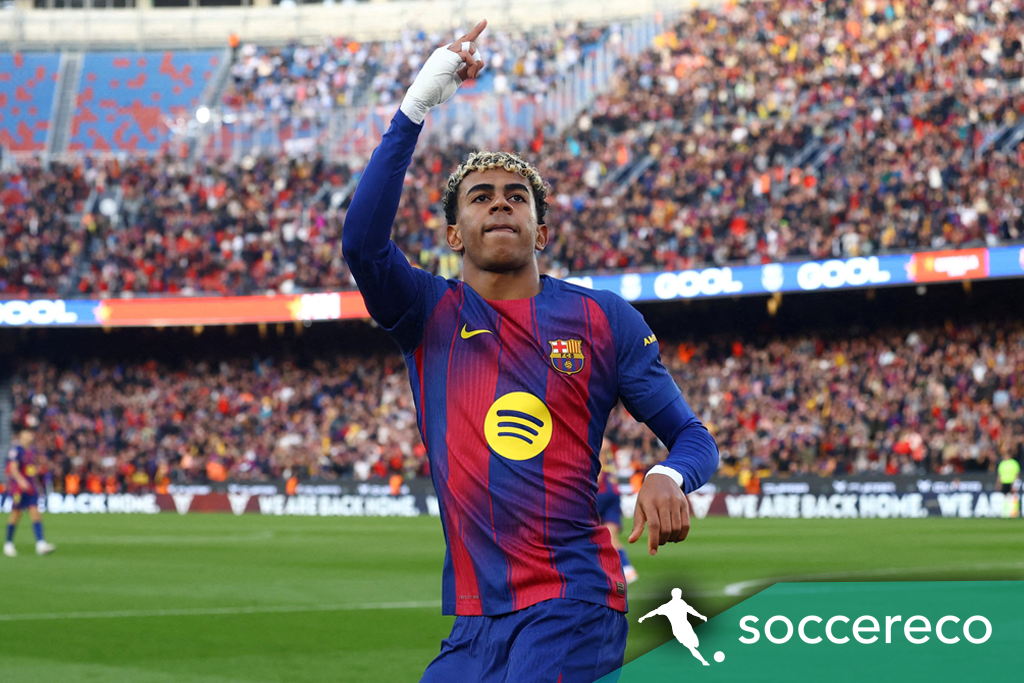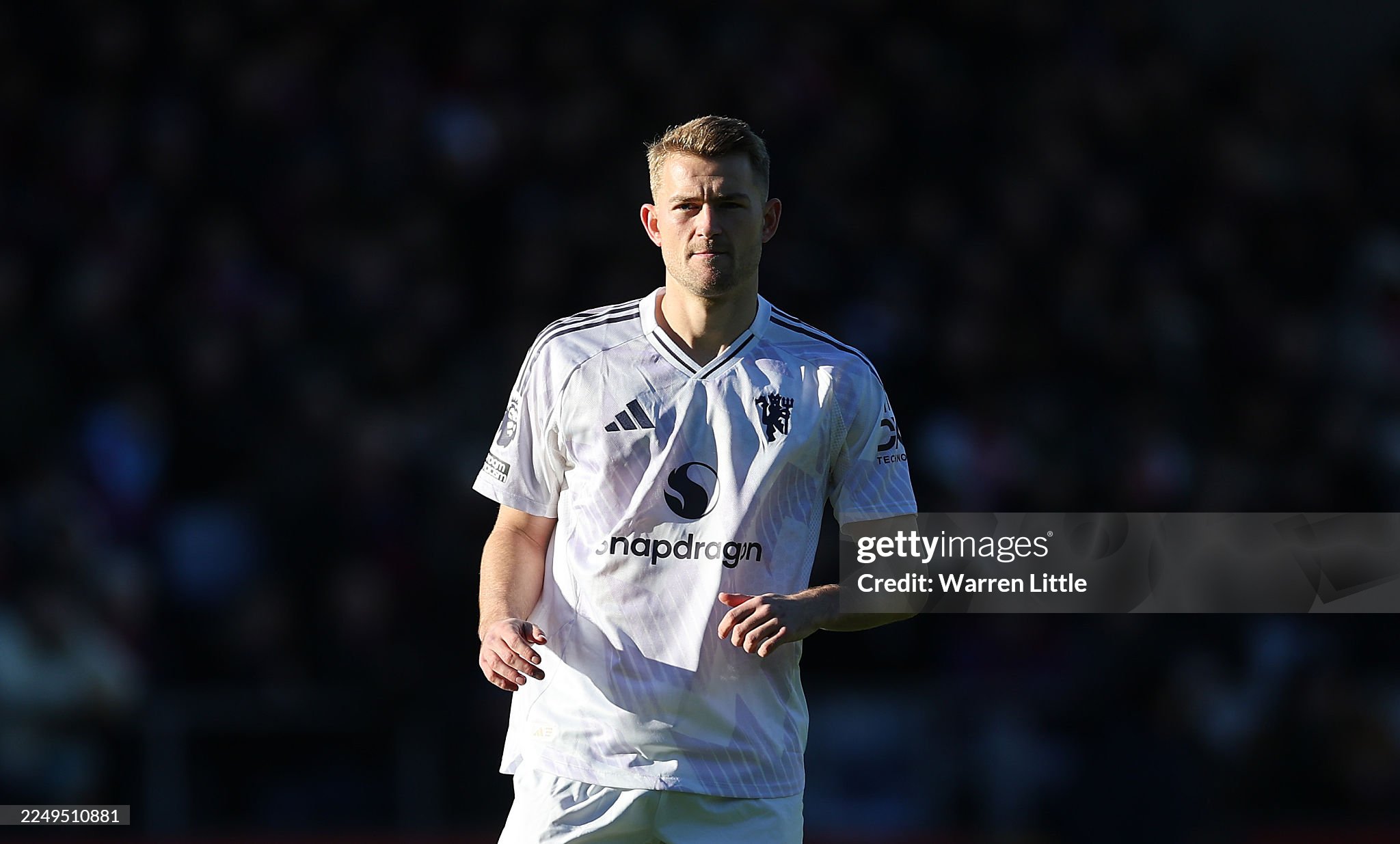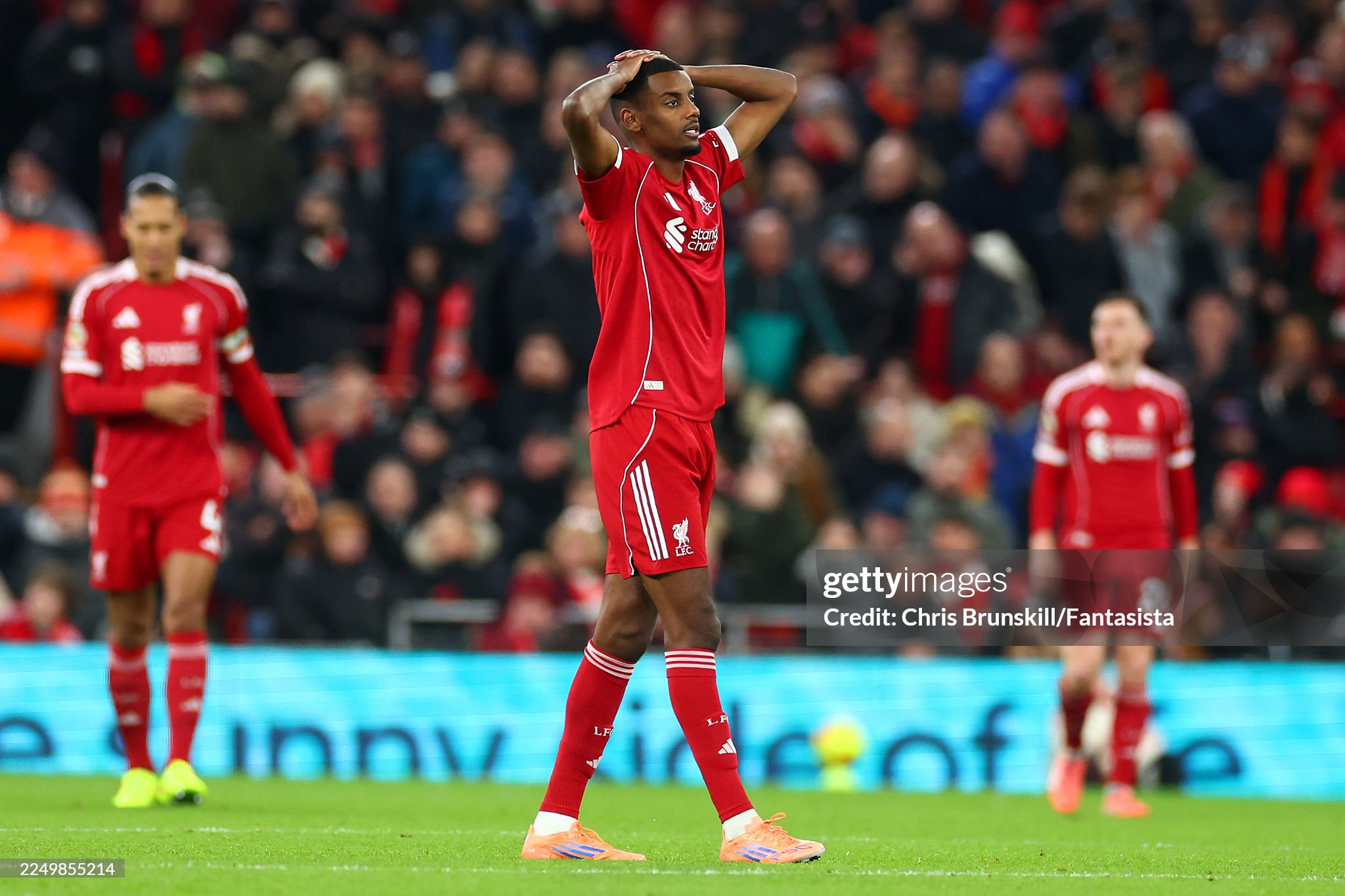Lionel Messi appears set to get minutes on Tuesday in Argentina’s friendly against Puerto Rico. Head coach Lionel Scaloni wants to speak with his captain first, but hinted there is a good chance Messi will play.

Lionel Messi’s status has dominated the build-up to Argentina’s friendly against Puerto Rico, and with good reason.
The captain sat out the recent tune-up against Venezuela, which sparked debate, then featured the very next day for Inter Miami in the USA MLS against Atlanta United and scored twice. Head coach Lionel Scaloni clarified that sequence, explaining it was a planned scenario that balanced club and national team priorities. He added that he watched Messi’s club outing, was satisfied with how it went, and intends to speak with him before deciding on a starting role or a cameo. The match itself puts Puerto Rico against Argentina, with kickoff set for 02:00 on 15-10-2025, a time that ensures the spotlight will fall on whether Messi plays from the start or enters to lift the tempo late on.
Messi reported back to national team training on Sunday, one day after that brace for Inter Miami. Staff assessments suggested he looked sharp despite a demanding workload over the past three weeks. Seven matches in a 21 day window is a heavy cycle for any player, particularly one who still carries creative and emotional responsibility for both club and country. Scaloni has been careful to frame the decision in practical terms. He will not promise a fixed number of minutes, but he wants supporters to see their captain on the pitch and will make a game day call based on how Messi responds to the final session.
Rotation is another piece of the puzzle. Argentina’s schedule mixes competitive fixtures with friendlies that serve as laboratories for roles and partnerships. Against Puerto Rico, Scaloni can blend regular starters with hungry squad players while maintaining the team’s identity. Expect the back line to remain stable to preserve rhythm in the build-up phase. In midfield, there is room to experiment with profiles around the anchor. A double pivot that protects transitions is one option, while a single pivot with two advanced eights tilts the match toward dominance between the lines. Up front, the choice depends on Messi’s participation. If he starts, the structure usually shifts to grant him freedom in the right half space with a winger stretching wide and a center forward pinning the last line. If he comes off the bench, Argentina can begin with a high-pressing trident to run at Puerto Rico’s first phase, then layer Messi’s passing and timing when legs begin to tire.
For Puerto Rico, the assignment is difficult but valuable. Facing the world champions offers a benchmark that few opponents can provide. The key is to stay compact without becoming passive. That means a narrow mid-block that denies vertical passes through the middle and forces Argentina toward the outside, plus quick switches into counters when turnovers occur. They will try to exploit any space left behind Argentine fullbacks who step high to overload the flanks. Set pieces are another avenue. Well rehearsed deliveries can trouble even elite defenses if the first contact is clean. Psychology matters too. Early clarity in duels and clever time management can slow Argentina’s rhythm and keep the match within reach.
From Argentina’s perspective, success goes beyond the scoreboard. Scaloni will be watching for fluidity in rotations, speed of circulation, and instant counter-pressing after loss. The wingers must hold width long enough to stretch the defensive shell, then make diagonal runs to puncture the last line. The midfield must keep compact distances so that progression remains continuous rather than stop start. At the same time, the staff will log physical data to ensure workloads align with the plan for the next international window.
All eyes circle back to Messi. Even in limited minutes, his presence alters the geometry of the game. Defenders shade toward him, double teams open corridors elsewhere, and his first touch can flip the tempo from patient to incisive. If he starts, Argentina will likely script a measured first half with the aim of securing superiority early, then managing his load. If he is a substitute, the final 30 minutes could be framed as a controlled run to reconnect with teammates, touch the ball often, and fine tune patterns in the final third.
Beyond Messi, there are other storylines. This match is a chance for emerging talents to convert training form into match impact. A full back who has impressed with progressive carries could be tasked with breaking lines on the dribble. A young midfielder who reads pressure well might be asked to speed up circulation with one touch play. A forward on the fringes can stake a claim by attacking the near post and pressing with intelligence rather than pure sprinting. Friendlies like this reward players who translate the game model into clear actions at live speed.
Supporters will want entertainment, and Scaloni acknowledged that reality. He intends to put a team on the pitch that moves the ball with purpose and gives the crowd moments to celebrate. The balance is always the same. Respect the opponent, control the details, and use the occasion to improve. If the captain is deemed ready, the night gains an extra layer. Even a short appearance would satisfy curiosity around his fitness while preserving the long view for the months ahead.
Updated: 11:16, 14 Oct 2025








